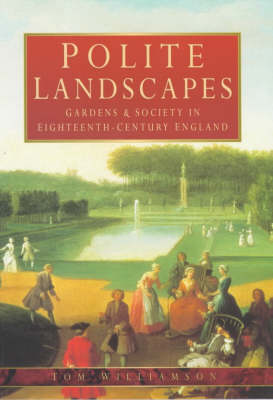Country House S.
1 total work
Parks and gardens of 18th-century England are usually understood as the creations of individual geniuses like William Kent, Capability Brown, and Humphry Repton. But this wasn't necessarily a view shared by their contemporaries. Landowners typically had strong ideas about how their property should look and how it should function. And, according to this book, other powerful influences were at work as well. The book examines the wider social, economic and political implications of these extraordinary creations. It reveals how the aristocracy and gentry, who paid for and lived in these remarkable private landscapes, participated in their creation for a variety of complex interests and needs. More than simply a grand setting for a country house, the park and garden had to accommodate farming and forestry enterprises and serve as a proper setting for hunting, riding and other recreational activities. They also needed to conform to the aesthetic principles of the landowner's favourite philosophers and landscape gardeners.
Emphasizing the practical relationship between landowners (who were demanding clients) and artists (who were also businessmen), this book shows how changing fashions of landscape design expressed the broader currents of social and economic development in 18th-century England. It examines a wide range of properties, including homes of gentry and middle class as well as those of the nobility, and assesses the impact of the English landscape garden on the rest of the world. Illustrated with dozens of contemporary maps, plans and paintings, this book should appeal to anyone with a serious interest in gardens, parks, great houses and the English landscape.
Emphasizing the practical relationship between landowners (who were demanding clients) and artists (who were also businessmen), this book shows how changing fashions of landscape design expressed the broader currents of social and economic development in 18th-century England. It examines a wide range of properties, including homes of gentry and middle class as well as those of the nobility, and assesses the impact of the English landscape garden on the rest of the world. Illustrated with dozens of contemporary maps, plans and paintings, this book should appeal to anyone with a serious interest in gardens, parks, great houses and the English landscape.
